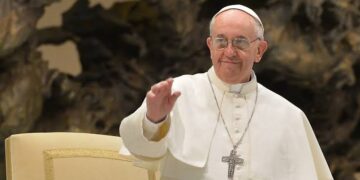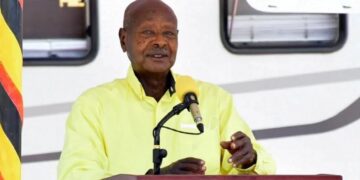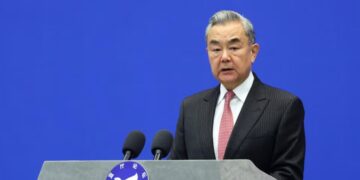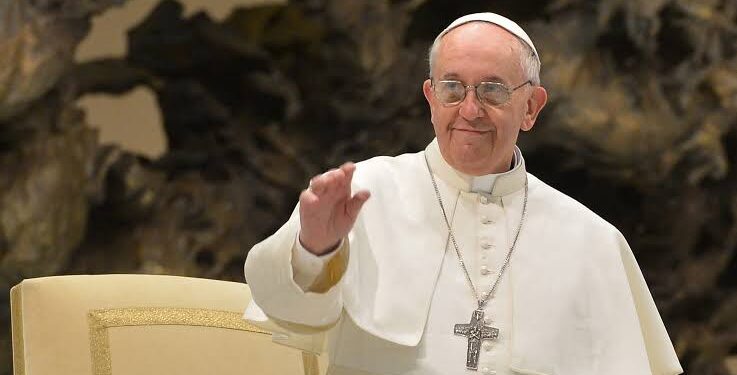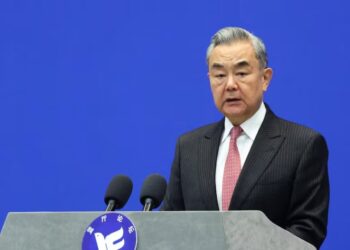By John Ikani
Pope Francis has introduced a historic reform that grants women the right to vote at an upcoming meeting of bishops.
After years of demands by women to have the right to vote, Francis approved changes to the norms governing the Synod of Bishops, a Vatican body that gathers the world’s bishops together for periodic meetings.
The decision reflects his hopes of giving women more decision-making responsibilities and allowing laypeople to have more say in the Catholic Church.
The Vatican published the modifications on Wednesday, emphasizing Francis’ vision for the lay faithful to take on a greater role in church affairs that have long been monopolized by clerics, bishops, and cardinals.
Catholic women’s groups have long criticized the Vatican for treating women as second-class citizens, and they immediately praised the move as a significant step towards reforming the 2,000-year-old institution.
“This is a significant crack in the stained glass ceiling and the result of sustained advocacy, activism, and witness,” said Kate McElwee of the Women’s Ordination Conference, a group that advocates for women priests.
The bishops’ meetings, which have been taking place since the Second Vatican Council in the 1960s, are summoned by popes to Rome for a few weeks at a time to debate particular topics.
At the end of the meetings, the bishops vote on specific proposals and put them to the pope, who then produces a document taking their views into account.
Until now, only men could vote, but under the new changes, five religious sisters will join five priests as voting representatives for religious orders.
In addition, Francis has decided to appoint 70 non-bishop members of the synod and has asked that half of them be women. They too will have a vote.
The aim is also to include young people among these 70 non-bishop members, who will be proposed by regional blocs, with Francis making the final decision.
The upcoming meeting, scheduled for October 4-29, will focus on making the church more reflective and responsive to the laity, a process known as “synodality” that Francis has championed for years.
The October meeting has been preceded by an unprecedented two-year canvassing of the lay Catholic faithful about their vision for the church and how it can better respond to the needs of Catholics today.
Cardinal Mario Grech, who is in charge of the synod, stressed that the changes would result in 21% of the gathered representatives being non-bishops, with half of that group being women.
He acknowledged the unease within the hierarchy about Francis’ vision of inclusivity but stated that the synod itself would continue to have a majority of bishops calling the shots.
Francis has upheld the Catholic Church’s ban on ordaining women as priests, but he has done more than any pope in recent time to give women greater say in decision-making roles in the church.
He has appointed several women to high-ranking Vatican positions, although no women head any of the major Vatican offices or departments known as dicasteries.
